
Archive
2,433 posts



Identifying ideal beef and dairy crossbreeds to optimise slaughter yields
Not every beef and dairy breed cross results in equally high slaughter yields. In Switzerland, however, no recommendations on the ideal pairings of beef and dairy breeds are available. This study aims to demonstrate which crossbreeds produce the best returns in terms of carcass weight, conformation and fat cover. The data set consisted of 601…
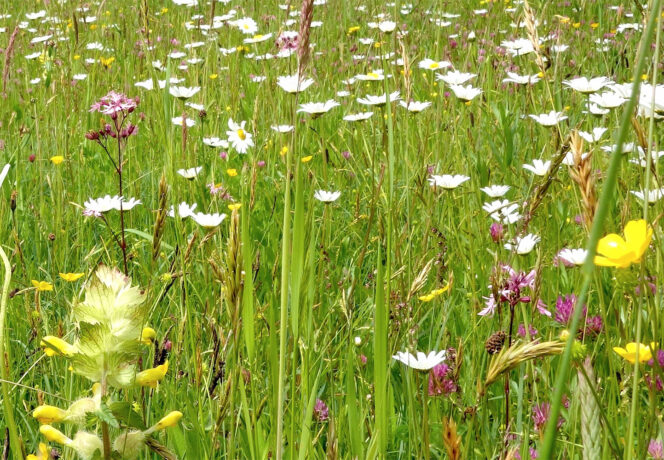
The decline of Arrhenatherum meadows in the Swiss lowland and its consequences for biodiversity
A comparison of historic and current vegetation surveys of intensively managed meadows reveals a dramatic decline of species diversity in Swiss lowland grassland. In the 1950s, the most intensively managed meadows were Arrhenatherum meadows. Over 85 % of these achieved the QII standard defining meadows with «high biodiversity value», and more than a third significantly…

Challenges of the residue-free apple production
Crop protection in general and apple crop protection in particular rely on pesticides, but consumers demand a reduction of pesticide use and ideally an elimination of pesticide residues in order to minimize the impact on the environment and the risk for human health. Producers need information and advice to establish sustainable production systems that reduce…

The search for robust varieties for sustainable fireblight management
Robust apple and pear varieties are an important tool in sustainable fireblight management. Two artificial inoculation methods are used for assessing a pome-fruit cultivar’s susceptibility to fireblight: shoot inoculation and blossom inoculation. Since 2013, Agroscope has for the first time been in a position to conduct artificial blossom inoculation tests on an outdoor trial plot…


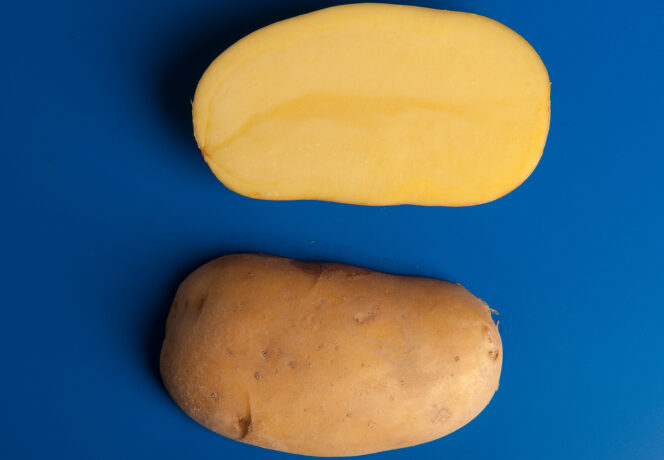

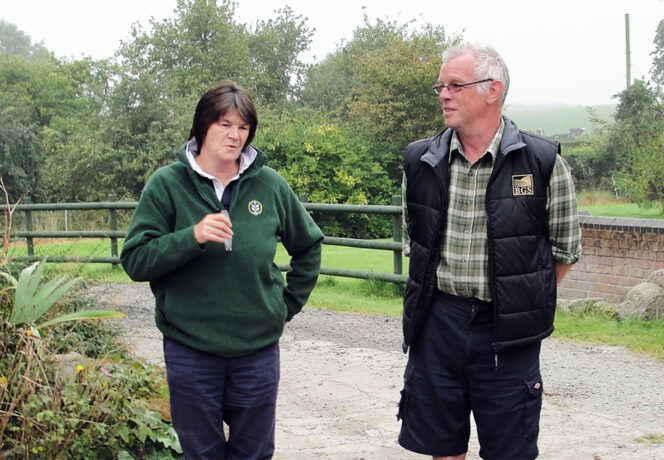
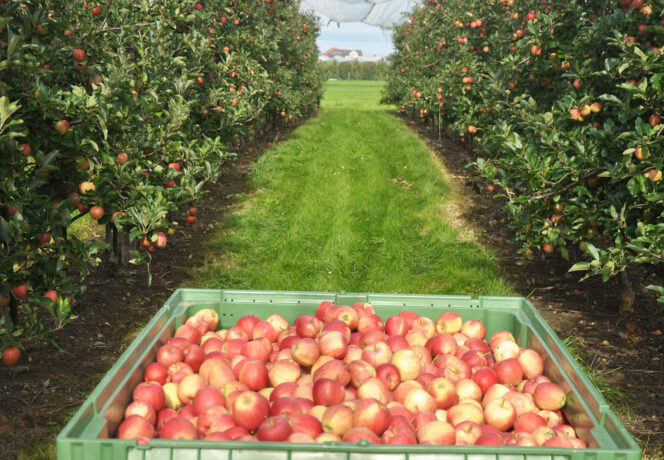
Support Obst Arbo: results for the professional arboriculture
In 1947 today’s date Agroscope started the collection of on farm data to draft extension information and indices for grower prices. Agridea and Agroscope lead the project Support Obst Arbo (SOA), which gives detailed basics for growers, extension and research. 20–25 references fruit farms deliver their data to the project to evaluate the on farm…

Reduction of yellow nutsedge infestation levels in highly infested fields: Continuous maize cropping as potential control strategy
Yellow nutsedge (Cyperus esculentus L.) is among the most dreaded weeds worldwide. In Switzerland, it has increasingly become a problem for vegetable growers and arable farmers. This weed propagates and disperses via vegetative tubers in the soil. Producers are facing an important challenge: They have not only to stop the weed’s further dispersal but also…
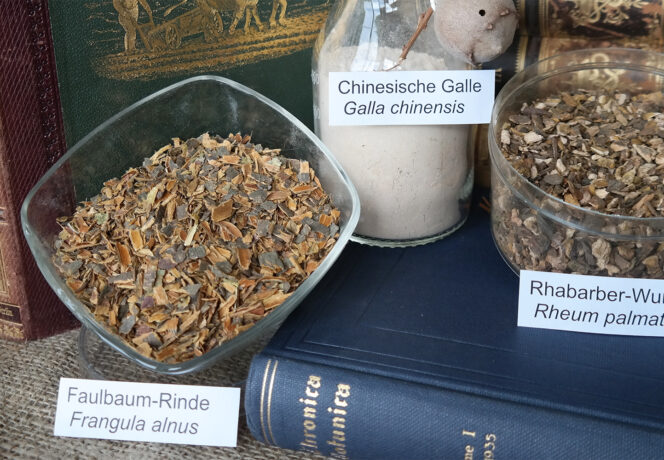
Control of Fusarium fungi and mycotoxins in wheat with rhubarb, alder buckthorn and tannins
During the past few years, the importance of Fusarium fungi and their toxins in wheat has increased significantly. This study demonstrated that fusaria can be controlled organically with medicinal plants: Suspensions of Galla chinensis and tannic acid inhibited spore germination and mycelial growth of Fusarium graminearum in vitro by 75 to 100 %. In climate…

Development of greenhouse gas emissions in the Swiss agriculture and food sector
The agriculture and food sector is a major contributor to greenhouse gas emissions. Emission inventories serve as a basis for reduction strategies and the respective impact assessments. To date however, efforts at assessment have frequently been characterized by limited sector perspectives. Adopting an integral approach, the present study reviews emissions from the Swiss agriculture and…

Effect of preservatives in moist hay
Field-dried hay must be sufficiently dry at harvest for problem-free storage. Alternatively, preservatives that prevent heating and spoilage may be added to the hay. In a trial, the efficacy of various microorganisms (lactic acid bacteria, yeasts and enzymes) as well as of a product containing various acids was tested in moist hay with a DM…

Intake of a dry or a moist ration by suckler cows
The effect of type of ration on feed intake was studied in a trial with 36 lactating cows of the Angus (AN), Limousin (LM) and Limousin x Red Holstein cross breeds (F1) during the first four months of lactation. Two iso-energetic rations fed ad libitum were compared: a dry ration (D) composed of hay and…
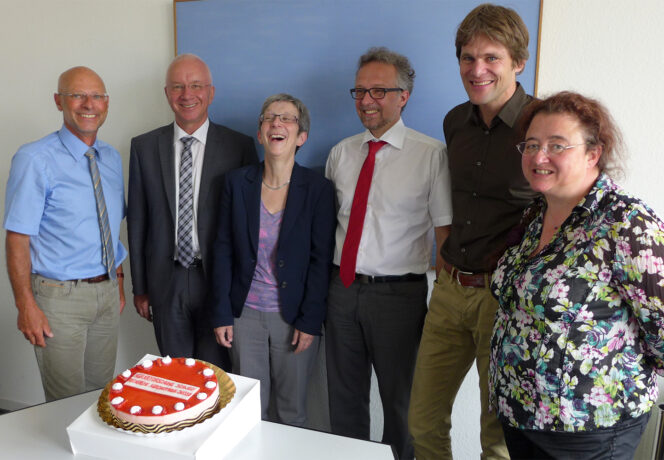



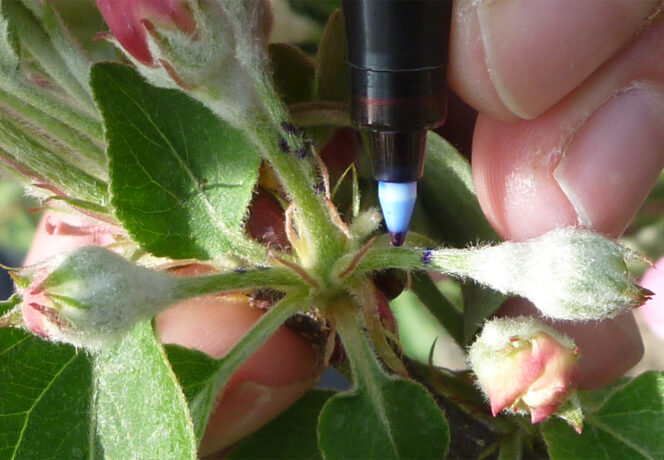
Forecasting crop load in apple trees
Crop-load management is a vital cultural measure in apple-growing. Only when the number of fruits per tree corresponds to target crop-load levels do yield and quality match over the years. Crop load is influenced by various factors, and is deliberately reduced through thinning measures. The necessary intensity of thinning, however, is difficult to gauge, since…
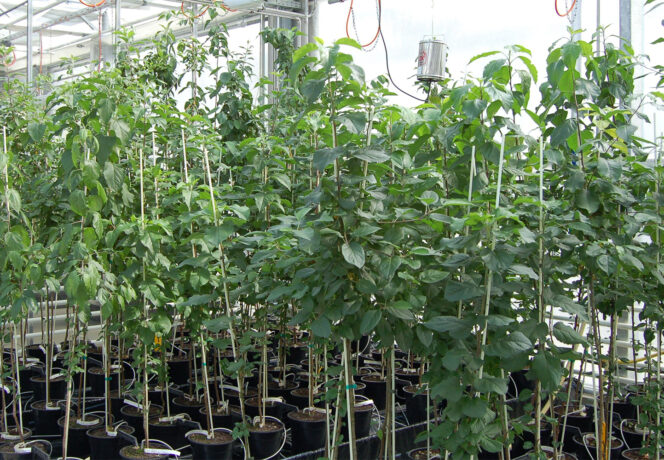
Breeding fire blight resistant apple varieties
215 apple selections and cultivars were screened in a glasshouse shoot infection test for their susceptibility to fire blight in the frame of projects that were financed by the Swiss Federal Office for Agriculture. Selected varieties were also examined for their flower susceptibility towards fire blight in an open air protected orchard. Moreover, a fire…
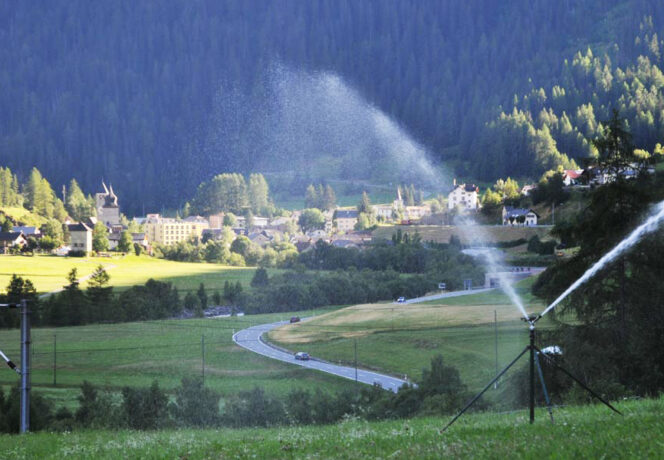
Sprinkler systems as a cause of intensification of grassland use in the Swiss Engadin
During a long-term monitoring from 1987 to 2010, changes in vegetation and land-use intensity at irrigated versus non-irrigated study sites were investigated in the Swiss Engadin. Specifically, vegetation surveys were compared between the years 1987/88 and 2009/10 to identify whether and how proportions of extensively used (no-input) hay meadows to low-intensity meadows changed (including a…
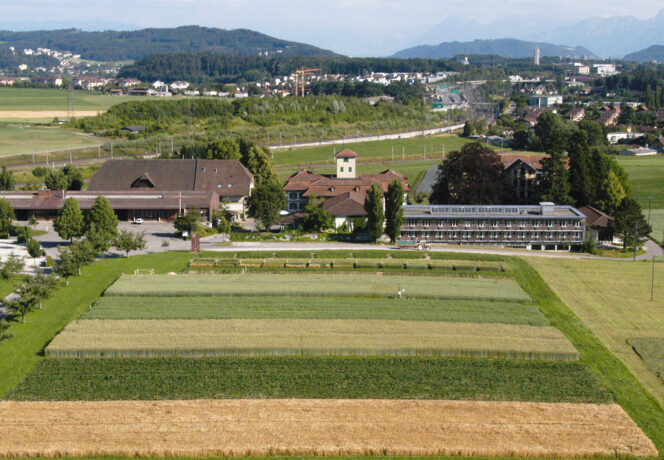
Diversity of arbuscular mycorrhizal fungi in field crops using no-till and conventional tillage practices
Since 1994, a comparison of no-till and conventional tillage systems has been underway on the Oberacker long-term field trial site at the Inforama Rütti education and extension centre in Zollikofen, Berne canton. The present paper investigates the influence of the two cropping systems and various field crops, including catch crop mixtures, on the diversity of…

Butterfly and moth diversity in lower-mountain region grassland habitats
Around one third of the 226 butterfly and moth species in Switzerland are threatened owing to the loss of suitable habitats caused by agricultural intensification. Organic farming aims to contribute to the conservation of species diversity in farmland. This case study investigates the impact of organic farming on butterfly species richness and abundance. The study…


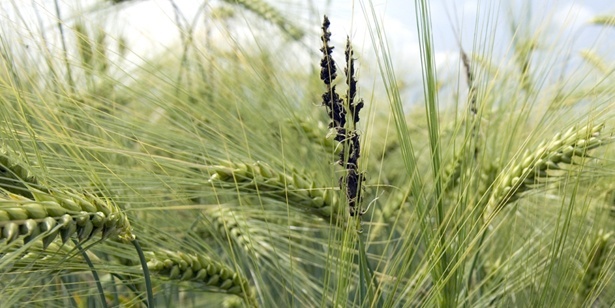

The Swiss plant breeding sector – a spatial, temporal and thematic analysis
The spectrum of crop species grown within Switzerland as well as their agricultural performance is changing over time. Traditionally, cereal, horticultural and forage production play a major role in Swiss agriculture, and it is crucial to maintain the productivity of these crops under future socio-economic and environmental conditions. However, to focus on only these economically…